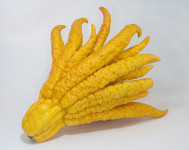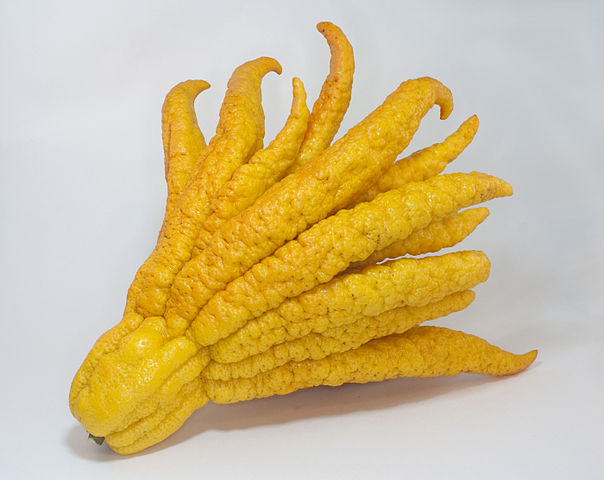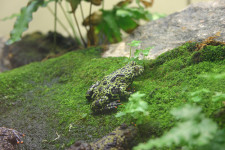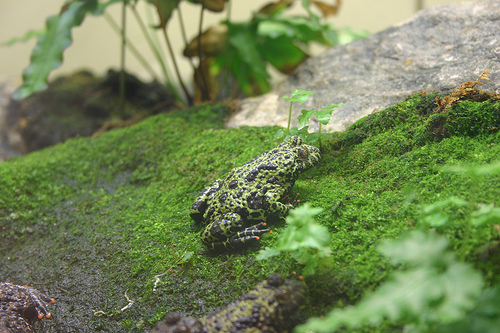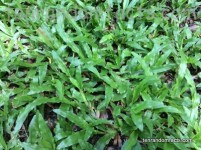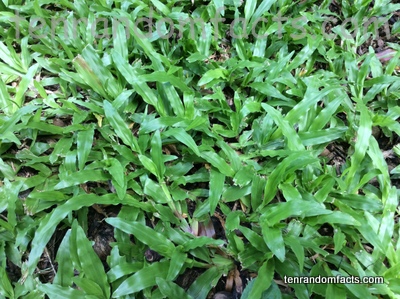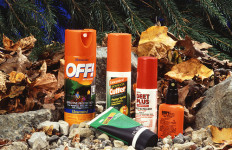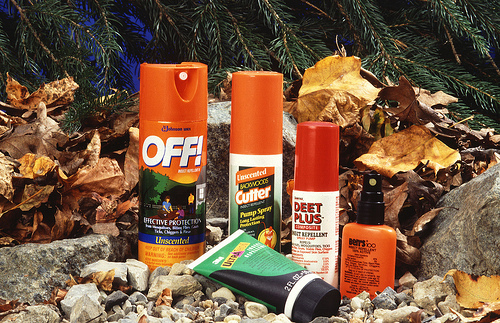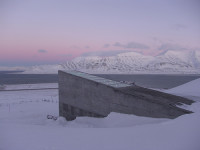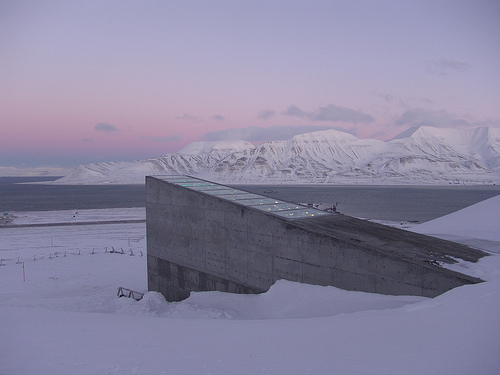
Ilulissat Icefjord makes even white a stunning site.
- Ilulissat Icefjord is a glacier-carved channel of water found in the coastal area of west Greenland, near the town of Ilulissat.
- ‘Ilulissat Icefjord’ is also known as ‘Ilulissat Isfjord’ in Danish and ‘Illulissat Kangia’ in native Greenlandic.
- Ilulissat Icefjord is typically littered with icebergs as a result of ice breaking from the Jakobshavn glacier, or ‘Sermeq Kujalleq’ as it is called in Greenlandic, that feeds into the fjord, and large icebergs typically bank up at the mouth of the fjord as the water there is not deep enough for the icebergs to pass through.
- In 2004, the UNESCO World Heritage Convention designated Ilulissat Icefjord as a World Heritage Site, and fjord has an area of approximately 40,240 hectares (99,435 acres).
- The glacier of Ilulissat Icefjord, the Jakobshavn glacier, disperses 10% of all the ice released from Greenland’s glaciers, which equates to 46 cubic kilometres (11 cubic miles) per year, a figure greater than any other glacier in the world apart from those in Antarctica, and as of 2015, it moves approximately 40 metres (131 feet) a day, making it the fastest on earth, and it is gathering speed each year.
Part of the Ilulissat Icefjord
Image courtesy of Greenland Travel/Flickr
- Due to the unique nature of Ilulissat Icefjord and its significant ice formations, the area is a site of extensive research that has been undertaken for centuries, and as a result is said to facilitate insight into climate change.
- Ilulissat Icefjord begins at the Jakobshavn glacier, that forms from the Greenlandic ice sheet which covers most of the country, and exits into Disko Bay.
- As a protected area, and for safety reasons, Ilulissat Icefjord has restrictions on various transport methods in the area, and visitors to the area may make use of scenic helicopter flights; dog sledding; or hiking on foot; and while there is generally an opportunity to sail around the mouth of the fjord, boating is restricted in the fjord.
- Icebergs that travel from Ilulissat Icefjord, move into Disko Bay and out into Baffin Bay, and eventually into the North Atlantic Ocean.
- Among the best times of year to visit Ilulissat Icefjord is during the summer when the sun never sleeps, causing the sky to silhouette in bright oranges behind the ice.
Bibliography:
Destubatuib Avannaavisit the Ilulissat Icefjord, n.d, Ilulissat Kangia, http://kangia.gl/Besoeg%20isfjorden.aspx?sc_lang=en
Ilulissat Icefjord, 2016, UNESCO World Heritage Convention, http://whc.unesco.org/en/list/1149
Ilulissat Icefjord, 2016, Wikipedia, https://en.wikipedia.org/wiki/Ilulissat_Icefjord
Woodall S, Ilulissat Icefjord, n.d, Greenland, http://www.greenland.com/en/things-to-do/nature-experiences/ilulissat-icefjord/





